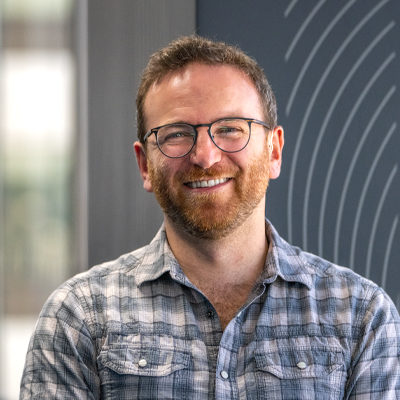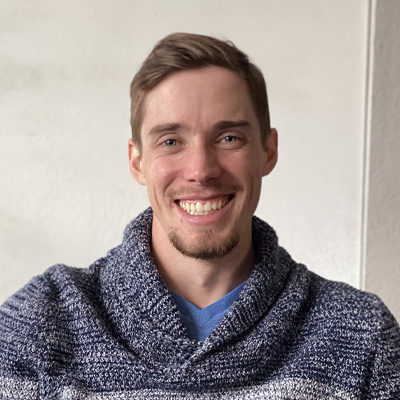“The Great Reshuffle” has many workers, including educators, leaving their careers for something that better supports their goals and well-being. While at first glance, it may seem like bad news that educators are leaving classrooms, there’s a strong silver lining. Some of them are leveraging their teaching expertise in EdTech user experience roles.
There’s no doubt that even the best UX teams can miss important insights about how their products fit into their users’ lives because they haven’t spent time teaching. However, when you choose to partner with a UX team that includes former educators, your product will be informed by valuable, real-world classroom experiences.
Former Educators Will Promote Learning Experiences
The goal of UX is to improve a user’s interaction with your product. But in the world of EdTech, good interactions are only part of what you should provide users. The primary goal ought to be your product’s ability to facilitate learning outcomes.
In fact, a narrow focus on your product’s usability can actually diminish the potential for teaching and learning. Simplicity is one of the key marks of good UX. Learning experience, on the other hand, is measured based on a learner’s growth in a predetermined area. When learning experience (LX) is measured based on simplicity rather than improving learning outcomes, student growth is bound to be negatively affected.
A UX team member who has practical experience in the classroom can shed light on how technologically sophisticated products can inadvertently impede learning. Former educators can also share intimate knowledge of educational content and teaching methods, so your product’s UX can deliver excellent learning experiences.
Technology Doesn’t Always Help Teachers
Technology designed to be a classroom tool can end up being an obstacle. Former educators on your UX team know that:
- Tech can be hard to understand out of the gate. Poor instructor onboarding can often be the heart of the issue.
- There’s not enough time for teachers to master a tool they didn’t ask for in the first place. They’re overly busy planning classes and managing students as it is.
- When teachers don’t understand the technology, students certainly can’t understand how to use it either. After all, teachers serve as student tech support.
- Tech can increase disruption and decrease a teacher’s sense of control in the classroom if it takes too long to learn and implement. Teachers may not have the time or the ability to deal with technical issues and manage their classrooms at the same time. Consequently, they may abandon your tools and retreat to Google docs or even pen and paper to regain a feeling of control over their lessons.
- “Innovative” ways to track student task completion can get in the way of what’s most important: measuring student success. Fancy metrics don’t necessarily shed light on what’s being learned.
Educational Content and Teaching Methods Require Constant Adjustments
There’s no room for rigidity in the classroom. Former educators anticipate changes — they have learned they have to.
Course content changes are inevitable in K-12 when new state standards are introduced. Previous content has to be “translated” to fit the bill. In higher ed, new trends, including skills-based learning models, can influence and change course content.
Content is not set in stone, and neither are teaching methods. Teachers routinely employ different strategies for different students at different times. Effective teachers learn to be creative and improvise on the spot.
This mindset — expecting change and responding to it in a way that promotes learning — is one your product’s UX team can benefit from.
Former Educators Can Help You Evaluate Which Edge Cases Matter Most
Edge cases in UX are those situations in which a user flow falls outside the norm. Edge cases are often neglected (purposefully) because data rules the strategic decision. After all, it doesn’t make sense to prioritize rare cases over your broad base of users.
Former educators can challenge the understanding and treatment of edge cases in UX. In product development, you wouldn’t prioritize an edge case or two. But as teachers can testify, one edge case can have the power to disrupt the entire classroom. And that might be worth solving for.
Learners With Disabilities
Anytime you’re building anything for education, you almost certainly will have to consider learners with disabilities. They’re a significant portion of your user base. Former educators have managed wildly diverse classrooms; learners with dyslexia can be sitting next to learners with down syndrome.
One student with a disability who has difficulty using your product can pull a teacher away from the rest of the group. And product issues can be infectious; one student’s issues can quickly turn into a classroom full of tech issues. That’s a judgment that most UX researchers and designers may not have the insight to act on.
Gifted and Talented Learners
Gifted and talented students are part of the range of students in a typical classroom, too. You want your product to engage and motivate them, so they may need more complexity and options than their peers.
English as a Second Language Learners
English language learners represent ten percent of the population in US public schools. In some states, that percentage is nearly double. For product teams, ESL students should be an important edge case to solve for. Even when non-native English speakers are in the same classes as their native English-speaking peers, their needs are unique. EdTech products that are text-heavy or counterintuitive can be frustrating for non-native English speakers to navigate.
Learners with disabilities, gifted and talented learners, and ESL learners all have the potential to be cases to elevate and solve. Former teachers can help the UX team discern whether or not to do so.
Choose a UX Team Enriched by Former Educators
In a field where the final “product” (learning) is difficult to measure, it is easy for UX teams to lose sight of instructor challenges and obstacles to learning. That’s why Openfield has former educators on staff; their backgrounds keep us from developing blind spots and overlooking key edge cases.
Our former educators help us identify when to deviate from conventional UX principles in order to improve users’ learning experience with your product. And their former careers also make them experts in building functional, inclusive, and joyful discovery and production teams.
Want to learn more about how Openfield’s educator-fortified UX team can empower your product? We’d love to talk.

